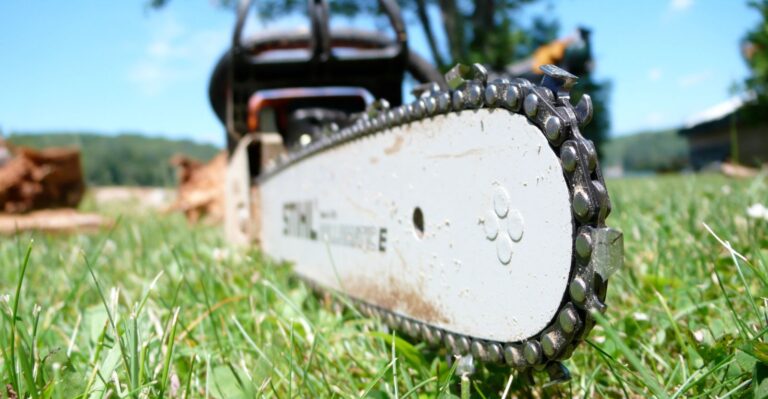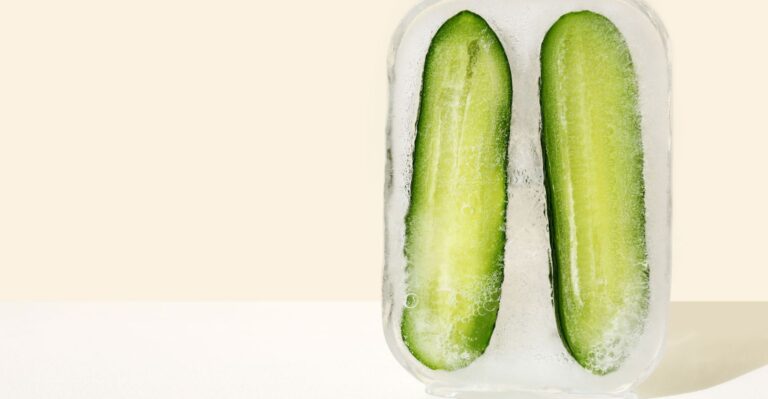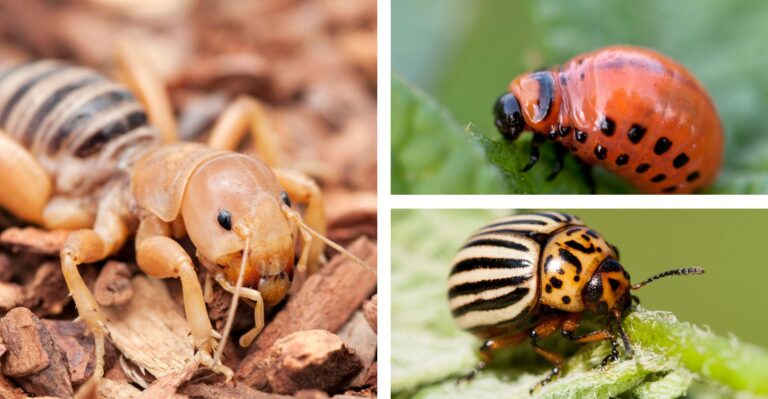Amazon has put together some great Home Gift Deals – save money and get your shopping done at the comfort of your home! Click here to see deals on Amazon
Monstera Deliciosa is a tropical plant native to Central America and the Caribbean. Some people also know this as the Swiss Cheese Plant due to the large holes in the leaves.
The plant is tolerant of growing in poor soil and is drought resistant. Monstera leaves can change color due to various factors, including age, improper care, and environmental factors. But the most common reason for the Monstera leaves turning yellow is when the plant gets stressed. This may be due to a lack of water, too much fertilizer, or improper sunlight.
It’s essential to know how to care for the plant during different growing seasons. We have covered the various reasons and how to care for them.
Let’s get started.
Why do the leaves of Monstera turn yellow?
There may be several reasons for the Monstera leaves to turn yellow. Before you start getting concerned, be aware that sometimes yellowing leaves isn’t a sign of ill health but rather a natural response to the changing environment.
The yellowing of the leaves is due to the reduction of photosynthesis. It happens because of a decrease in day length. This is also why the leaves first turn yellow and eventually become brown before falling off the plant.
But if you find the Monstera leaves turning yellow beside the natural aging, it’s best to check the general health of your plant. Here are some of the most common reasons why the Monstera leaves turn yellow.
Improper watering
A possible reason for the leaves on Monstera turning yellow is dehydration. This can be caused by various factors such as low humidity, excessive watering, or climate change. When planting indoors, overwatering is the most common reason the leaves turn yellow.
The soil should remain wet, but not just soggy. When you water the plant, ensure enough water to let it flow from the drainage hole and into the saucer. Discard any excess water pooled in the saucer to prevent any risk of root rot. Monstera plants don’t like prolonged wet soil.
Overwatered Monstera plant leaves will droop and slowly develop yellowing and brown leaves. If you don’t start taking care of it immediately, you risk creating a fungus on the soil. Underwater Monstera will have leaves curled up, turning light yellow and brown.
Overfertilization
All plants need nutrients to grow and thrive, and Monstera is no exemption. Overfertilization is a severe problem in Monstera plants, which happens more often than you might think. Plants have a way of telling us when they need more nutrients, but we often ignore the signs and keep feeding them with fertilizer, hoping to let it grow healthy.
Yellowing of leaves is the most common sign of the overfertilization of plants. Too much nitrogen can cause leaf bursting, and too much phosphorous can cause chlorosis. Monstera plant is more sensitive than other indoor plants, so it’s essential to keep a watchful eye on the plant.
If too many nutrient salts are stored in the soil, it pulls water from the plant’s roots as a reverse osmosis process. This may also alter the soil acidity causing the plant to weaken.
Improper Temperature
Did you know that your Monstera plant’s “right” temperature is between 60°F- 80°F (15°C – 27°C) during the day and shouldn’t go below 55°F (13°C) at night? You should care about the temperature of the Monstera plant because they’re susceptible to any temperature fluctuation.
If the temperature is too hot for your plant, it won’t be able to uptake the necessary sunlight to grow properly. This can lead to several issues that range from your plants not growing properly to them dying. The same goes for the other way around.
You should bring potted monstera plants indoors or into an enclosed space when outdoor temperatures drop or become unpredictable.
Sunlight
The right amount of sunlight is essential for the health of your monstera plant. When the plant doesn’t get enough sunlight, they turn their leaves toward the light source instead of allowing their leaves to get the optimal amount of light. This is called “sunning,” and it prevents the plant from getting the level of light they need to grow.
The problem is that most of us live in cities or houses with windows that don’t let in the sunlight monstera plants need. Monstera thrives best in low to bright indirect sunlight. They will flourish as long as they’re placed in well-lit areas. They will begin to wither in shallow light conditions, and leaves turn yellow.
Inadequate indirect light slows the plant’s growth, reducing the water or fertilizer required. These conditions make it a temptation to overwater your Monstera, which will lead to the leaves turning yellow.
Repotting stress
Monstera tends to become unsettled after transplant. The transplant shock stress happens due to bare roots exposed too long, soil condition changes, or simply repotting it at the wrong season.
The monstera leaves take on a yellow hue because it tries to protect their resources and nutrients after enduring a struggle. Over time, it will recover and be its usual self.
You can help reduce the Monstera’s transplant stress by relocating it to the same area and continuing to irrigate it at the same water schedule. Excessively light or missing water (either or both) will cause the Monstera’s entire leaf to suffer from a shock.
Impact of seasonal change
Monstera plants are adapted to the environment in which they grow. They have various internal mechanisms that allow them to adjust to changes in their environment. These changes can be seasonal, such as a rise in temperature or a change in light. They can also be temporary, such as a period of drought.
You can notice some of these changes as they’re quick and noticeable, while others may be slower and more subtle. You can check the impact of these changes throughout the plant, from the leaves to the roots.
For example, as cold temperature approaches, Monstera plants might become inactive and drop some of their leaves. The leaves shouldn’t freeze, but cold temperatures and occasional drops in temperature can cause yellowing. When this happens, you must also protect the root structure.
Pest Damage
Many pests can cause damage to an indoor or outdoor garden. Caterpillars, slugs, snails, and aphids are common Monstera pests. Their feeding on your plants can cause more problems than just leaving behind unsightly yellow spots. They may even transmit plant diseases.
Slug-like bugs (such as spider mites) can drain your plant moisture. Their sharp teeth quickly strip the leaflets and fronds of your Monstera, revealing wilted, yellow leaflets.
Botrytis and other fungal infection will accelerate yellowing, particularly if your Monstera has been ailing through insufficient light, a nutrient deficiency, or improper water conditions.
How to fix Monstera leaves turning yellow?
There is no doubt that it feels disheartening to notice yellow leaves on your Monstera plants. They might be mutated, sick leaves taking over the plant, or they may result from soil deficiency. Either way, you’ll need to know how to fix yellow leaves on a Monstera.
If you’re wondering, can you turn yellow Monstera leaves green again? The answer is “No.” Once the leaves turn yellow, there isn’t much you can do to turn them green. But you can take a few steps to prevent the rest of the leaves turn yellow.
Nutrients: Monstera won’t need many nutrients to sustain itself. But depending on the soil, an all-purpose, balanced formulation can contribute to overall plant health. You can use fertilizer rich in nitrogen as it helps enhance the stem and leaf growth in plants.
Sunlight: For any plant, leaves play a vital role in photosynthesis. Long hours of plentiful sunlight, with different angles throughout the day, are essential so that every leaf—even the ones at the lower level of the plant—get the chance to receive light.
Soil pH: The pH level in soil measures the soil’s acidity. Too low soil pH means the soil is too acidic, and too high pH means the soil is alkaline. You can run a soil test through inexpensive kits available in the market. Monstera likes lightly acidic to neutral soil. If your soil is too alkaline, you can add acidic organic matter such as peat moss, sawdust, leaves from oak trees, or pine needles.
Watering issue: Remember that an overwatered plant looks like the underwater one. The primary reason is that an overwatered plant suffers from dehydration due to damage to the roots. This root rot causes the Monstera plant not to absorb water and causes leaves to turn yellow and wilt.
Watering infrequently but deep soaking is better than frequent shallow watering as it encourages deeper root growth while maintaining proper humidity levels. You can also consider moving the plant into fresh soil.
Air circulation: Monstera plants need proper airflow to help photosynthesis. Also, good air circulation around plants prevents disease, especially fungal disease, when the soil becomes compact, and there is high humidity. You can lightly aerate the soil to improve the airflow inside the soil.
Should you cut off yellowing monstera leaves?
Some monstera leaf yellowing or brown spots may require cutting out the damaged part to keep the plant’s lovely appearance. Pruning helps maintain plant growth and keeps the plant looking good. When pruning, you must avoid removing more than 1/3 of the plant’s overall mass.
Be careful when pruning the whole plant, as excessive pruning may affect the plant and cause other leaves to turn yellow. This happens as the plant diverts nutrients to the roots to ensure it stays alive through a harsh cut. So, when using shears, remember to do it gently and moderately.
Conclusion
In conclusion, you can do a few things to prevent your monstera leaves (Swiss cheese plant) from turning yellow. Make sure your potting soil is well-drained, and water your plant regularly but don’t overwater it.
Also, make sure your plant gets plenty of sunlight and has no nutrient deficiency. If possible, position it near a window to get direct sunlight. Following these steps should help keep your Monstera leaves looking green and healthy.

Don’t forget to share this post







